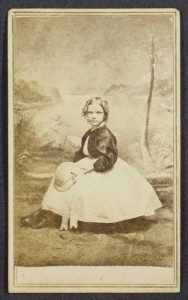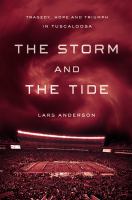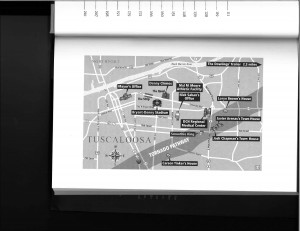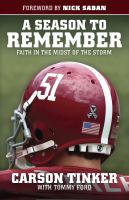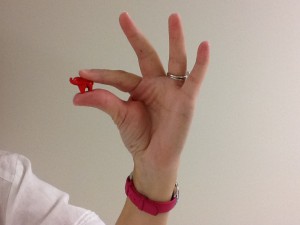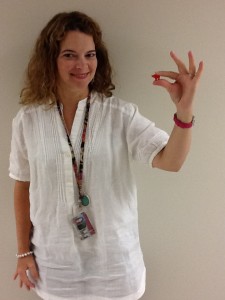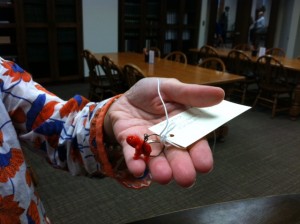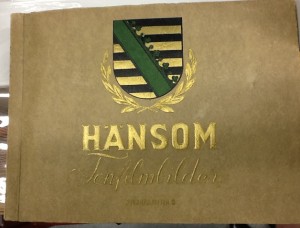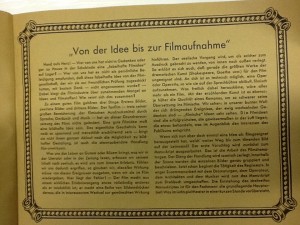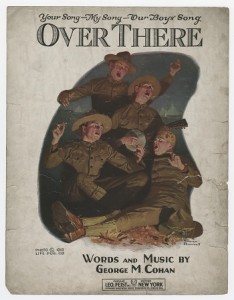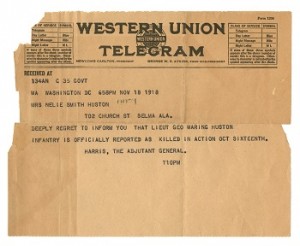In August of 1862, Confederate General Robert E. Lee led a campaign against Major General John Pope and the Army of Virginia. We know it now as the Northern Virginia Campaign.
A letter in our archive discusses the aftermath of the earliest engagement of the campaign, the Battle of Cedar Mountain.

Picture of Cedar Mountain, looking south from the approximate southwestern corner of The Wheatfield, by Matt Stewart, taken October 16, 2005
The battle pitted Union General Nathaniel P. Banks against Confederate General Thomas J. Jackson, better known as “Stonewall.”

On August 13, Judith, writing from the small community of Louisa (between Charlottesville and Fredericksburg), tells Donnie Perkins about the impact of the recent battles on the local community.
We’ll share some excerpts here. You can read the letter in its entirety in Acumen.
Judith begins with an explanation of why she hasn’t answered a letter from late July.

I make no excuse for not having written before, for you can well immagine the reason when you consider the bustle and excitement we have been in for some time back, and now, while I am writing I am annoyed by the continual passing of army-wagons and soldiers.
The “memorable Stone-wall” had crossed the Rapidan River on “last friday,” August 8, for an attack starting the next day, with “canonading which at times was so severe as to jar the earth round us.” She seemed to think he had something like 60,000 men under him; in reality, that’s more than the entire force under Lee during the campaign.
However, Jackson did command the entire left wing of Lee’s forces. The “continual passing of army-wagons and soldiers” as she’s writing the letter might be the fallback of those troops to Gordonsville, just 10 miles NNE of Louisa.
As for the recent battle, according to Judith,

We have heard no particulars from the fight but we drove the enemy back with very little loss on our side. We took a good many prisoners among them 3 Gen’ls and some 60 or
80 commissioned officers. Billie was in the fight but came out safe though his regement the 13th Va was very badly cut up having many wounded but none killed.
She goes on to describe some local losses in that battle as well as an earlier “Richmond battle,” probably during the Seven Days Battles.

A Widow Lady living near us had 2 sons killed and a third one wounded in 3 places. She also lost one at the battle of Fort [Donelson], he was wounded and taken from the field but not returned to fight again when he rec’d a mortal wound.
She stops at this point to talk about the sacrifices that have been made to the cause — “They were very brave, but dear Donnie, the bravery of our friends is very little comfort to us, when they are cold in death.”

Oh! you can little immagine the horrors of war ’til you see, and hear the groan, of the wounded and see the distress of the bereaved friends, and even that is nothing to be comparred to the shocking sight of the battlefield. Oh! when will this unholy war end? Perhaps when all of our friends are killed. Then what will “Liberty” be to us.
She has harsh things to say about the rhetoric of sacrifice: “All this sounds very pretty, but if they could see their friends come home with their feet blistered from marching…and see them fall on the floor in utter exhaustion…I think they would lose their patriotism.”
Next, she theorizes about what’s to come in the war: “I am anxious to know what move the dear old Stone-wall will take next. His men seem to think that he is going to make a grand move into Maryland which, I hope may prove true.” Of Jackson, she reports,

His men love him dearly and would go through fire and flame[?] at his bidding. His forces were surrounded at one time up in the mountain, but his men remarked that old Jack had brought them there and that he would bring them out and so he did by marching them single file across the mountain with a yankee army within a half mile of him on each side. No doubt they thought they had him safe enough but he was too keen for them.
The previously mentioned Billie was with that force. She shares that Billie picked up some “yankee trophies,” including the very paper she’s writing on!
Judith talks about more deaths, including the son of a cousin, also in the Richmond engagement. Sharing more details from Billie, she writes,

They had to march to the fields through briers, over ditches and quagmires and were almost broken down when they wint into the fight and [?] had had scaresly any thing to eat for several days. Billie told me that one of the men that marched by him got into a quagmire and he had
to help him out. The poor fellow came home sick after the battle and soon died.
In news closer to home again, she shares that “the yankees have been very near us several times,” including while they were on their way to a supply depot in the vicinity. Her letter wraps up with some personal news about a sick family member, but the fighting is never far from her thoughts.

I have just heard that Jackson is to be reinforced by 4000 so we may expect a big battle soon.
That reinforcement would have been the right wing, under Longstreet, coming to aid Jackson’s left. Two days later, Robert E. Lee would meet them in Gordonsville to take command of the whole Army of Northern Virginia.
Two weeks later, Jackson had already destroyed the Union supply depot at Manassas Junction and was engaged in the Second Battle of Bull Run (also called Second Manassas), a major Confederate victory. By early September, though, the Army of Northern Virginia had moved on to Maryland, to the bloody Battle of Antietam (Battle of Sharpsburg), which, though inconclusive, helped turn the tide of the war back to the Union.



